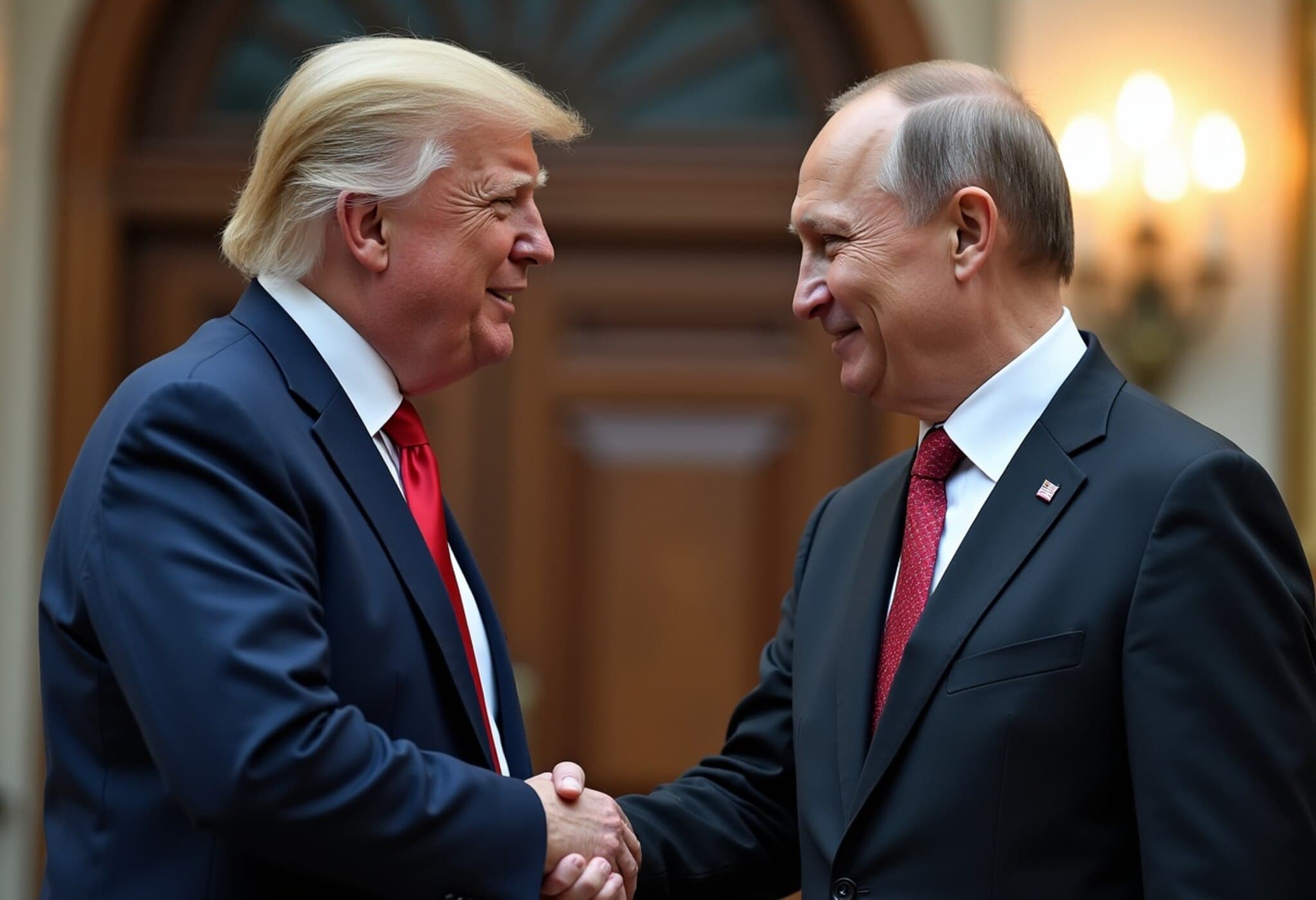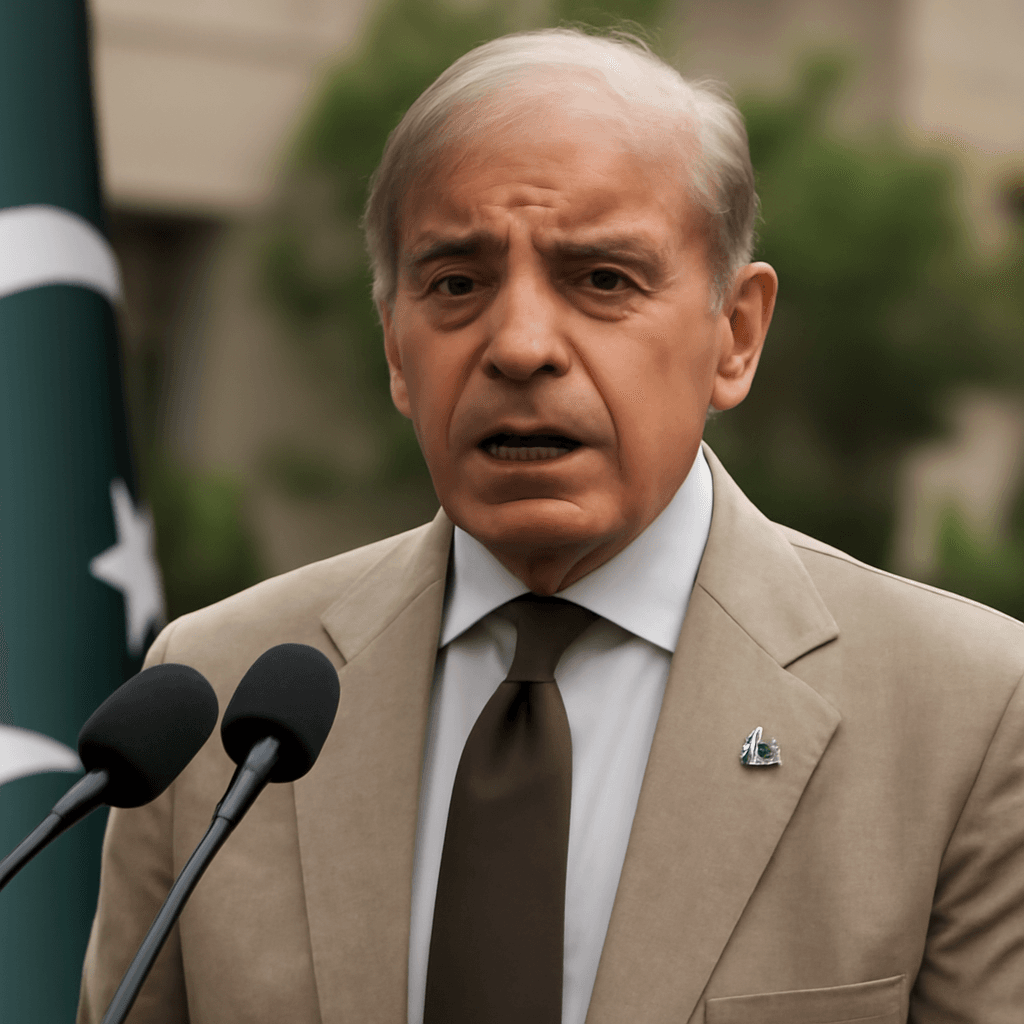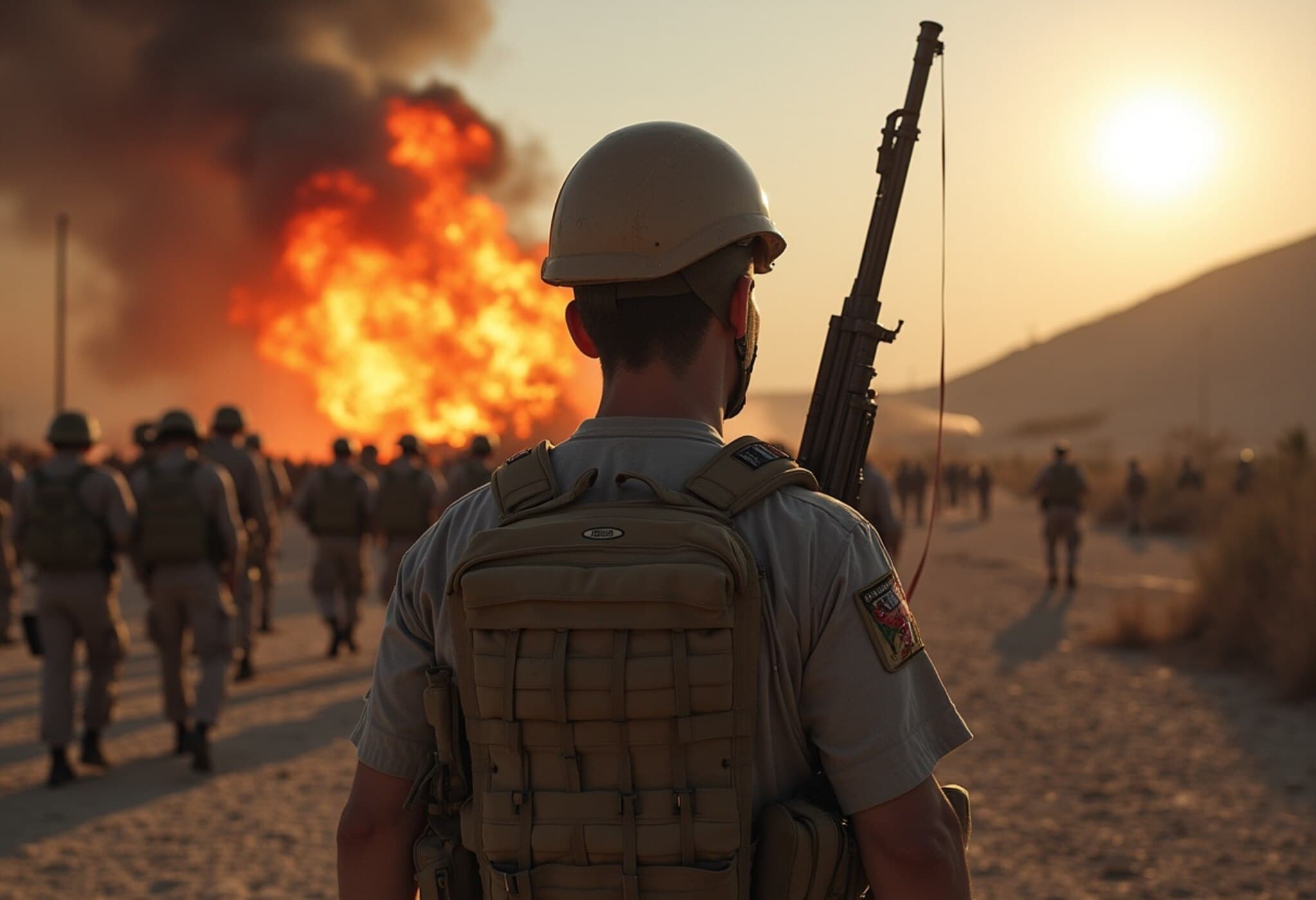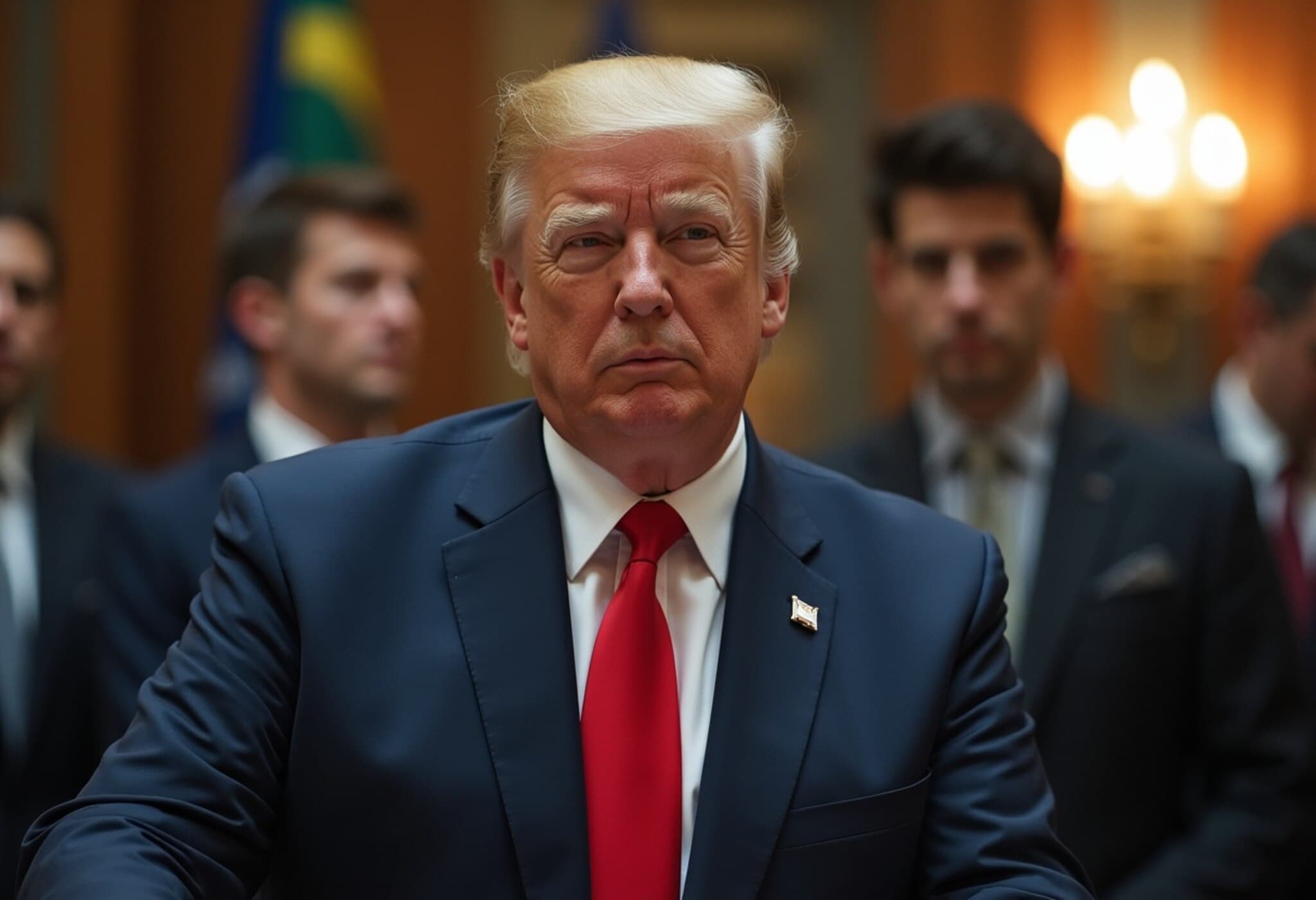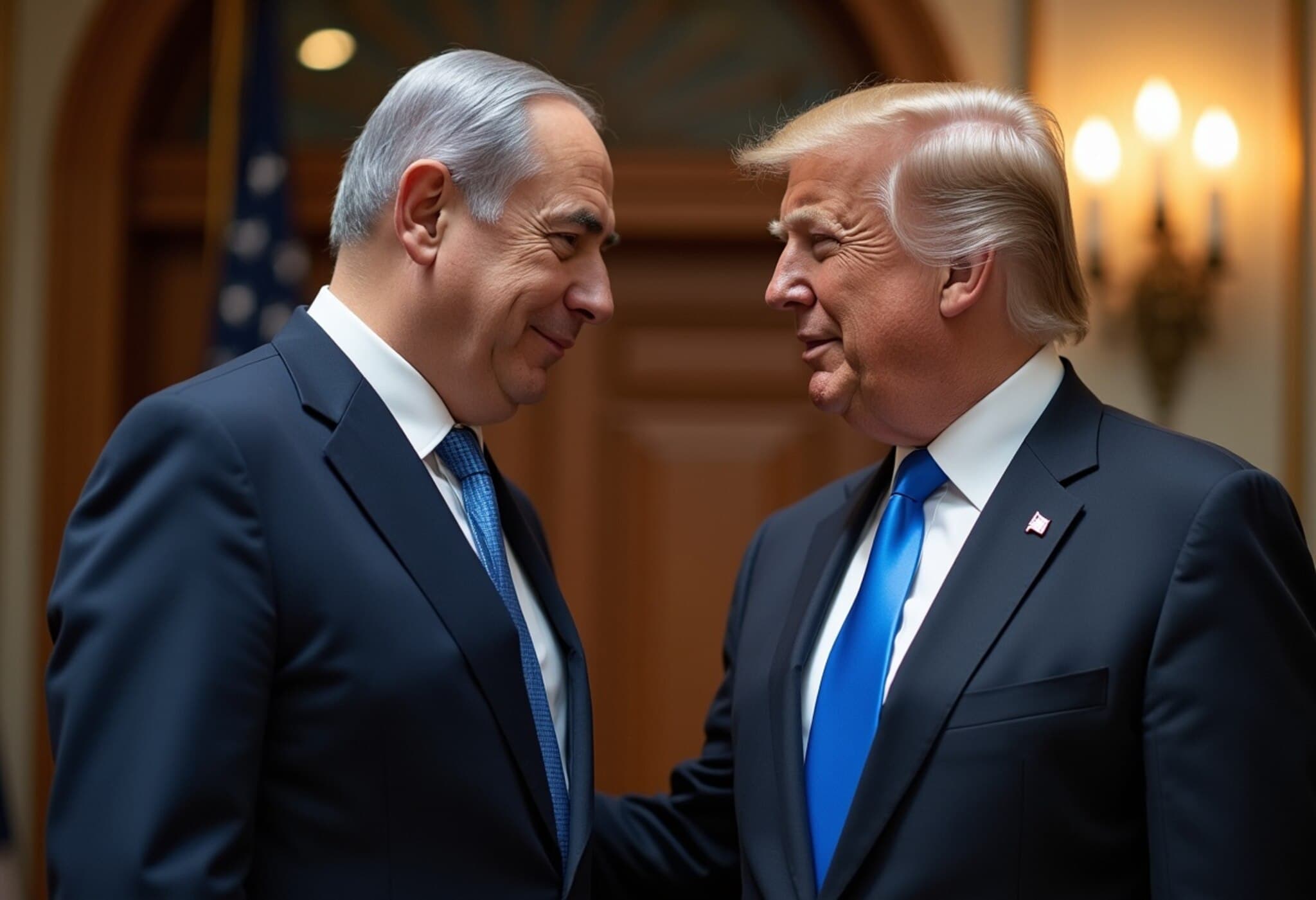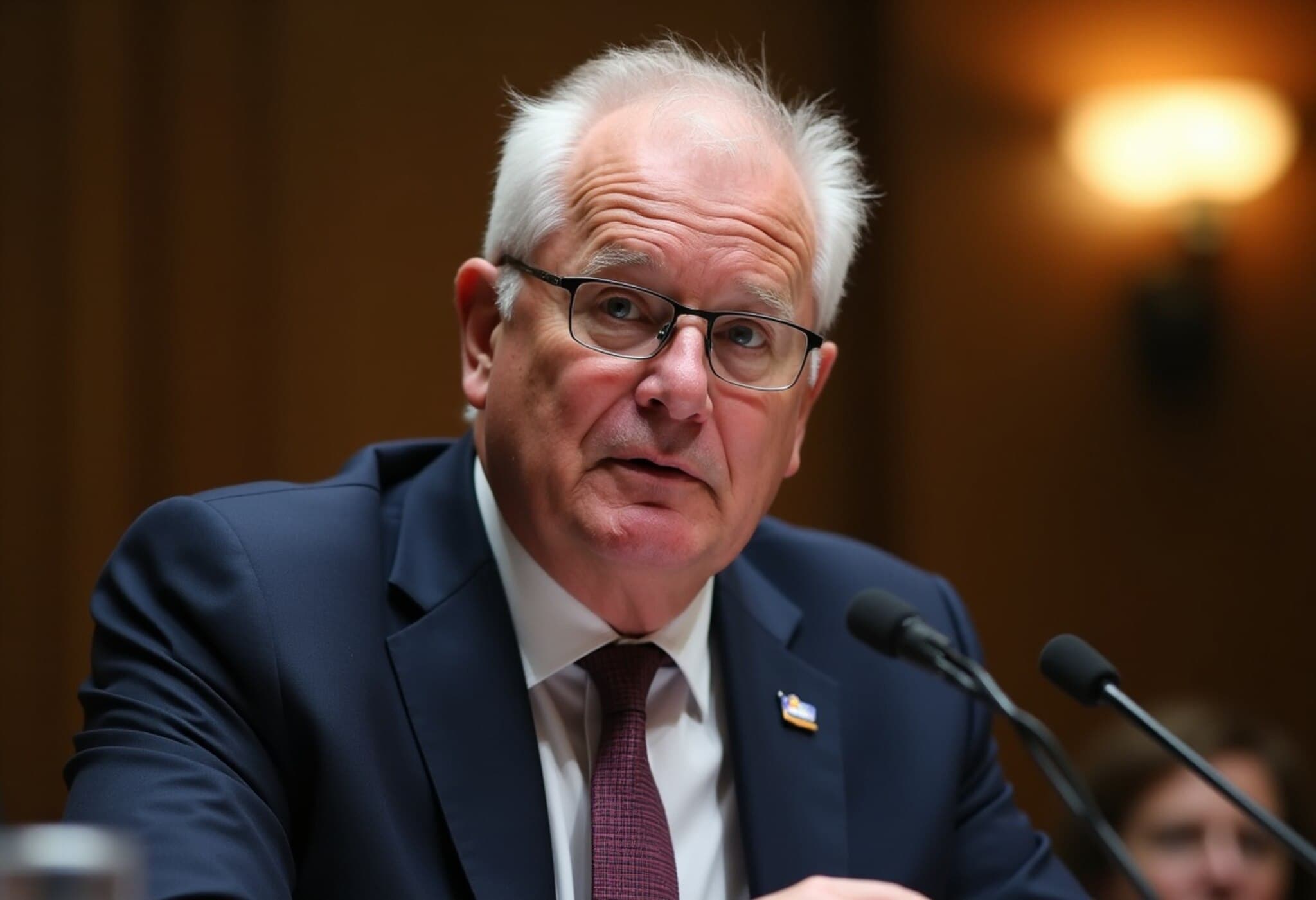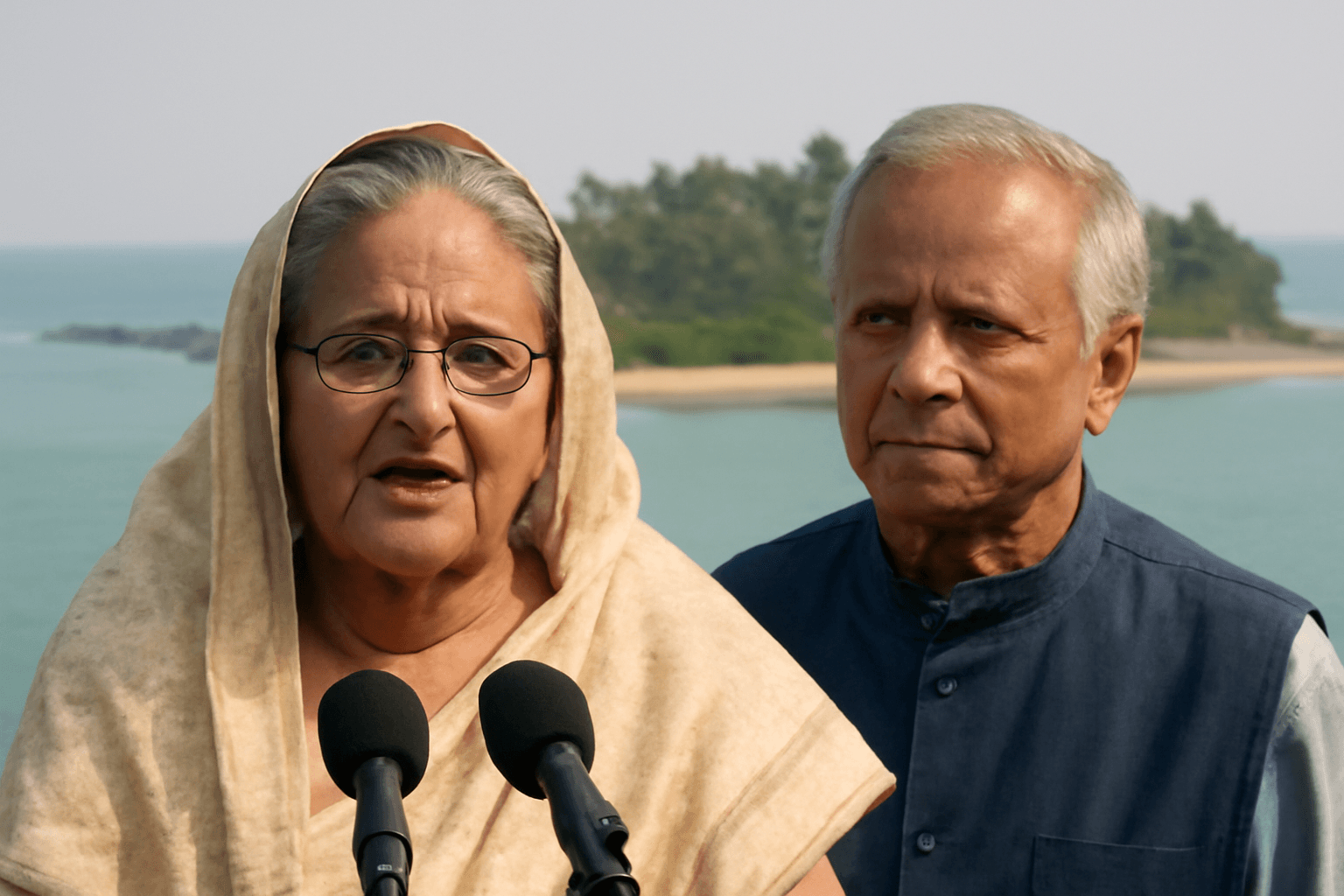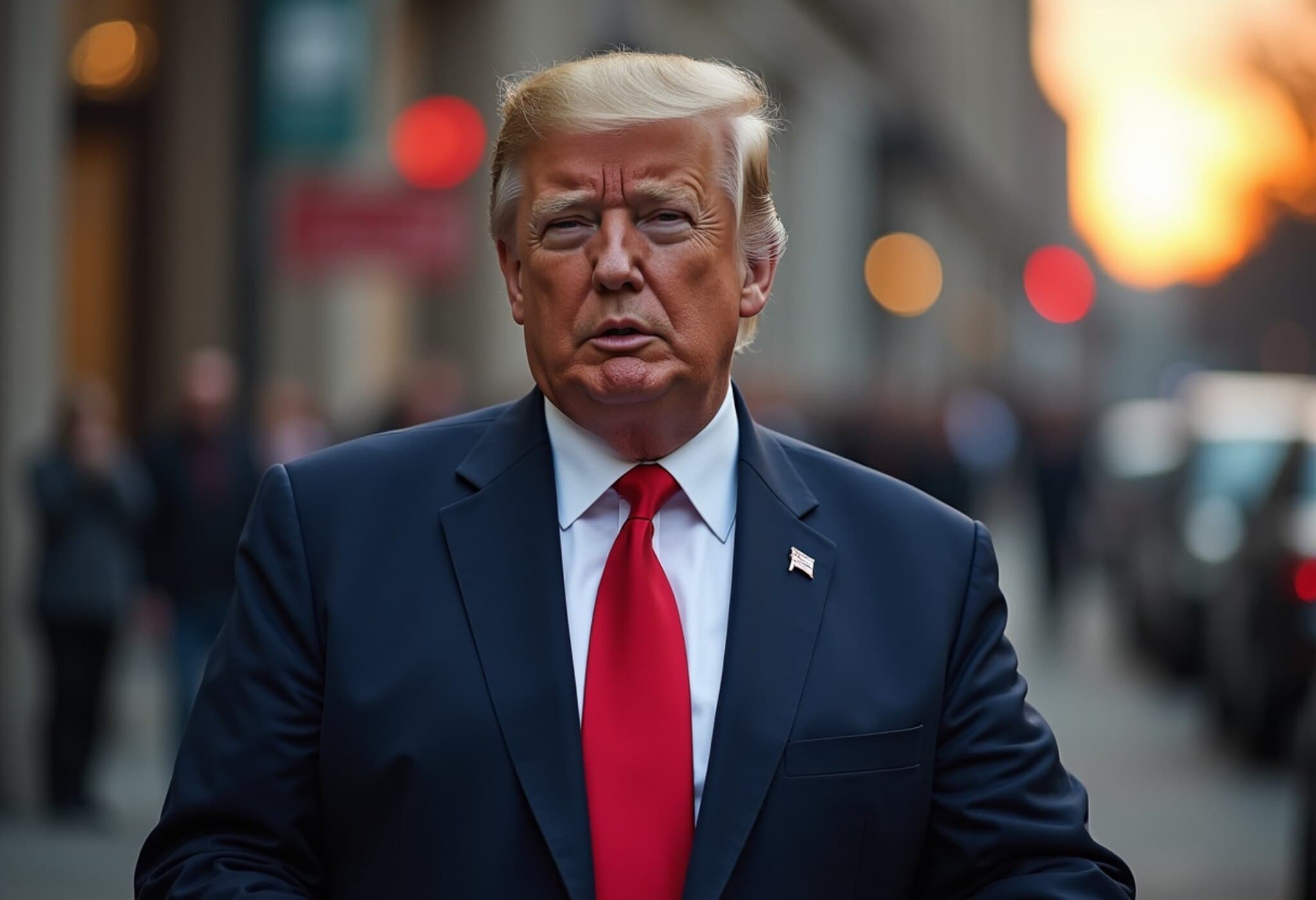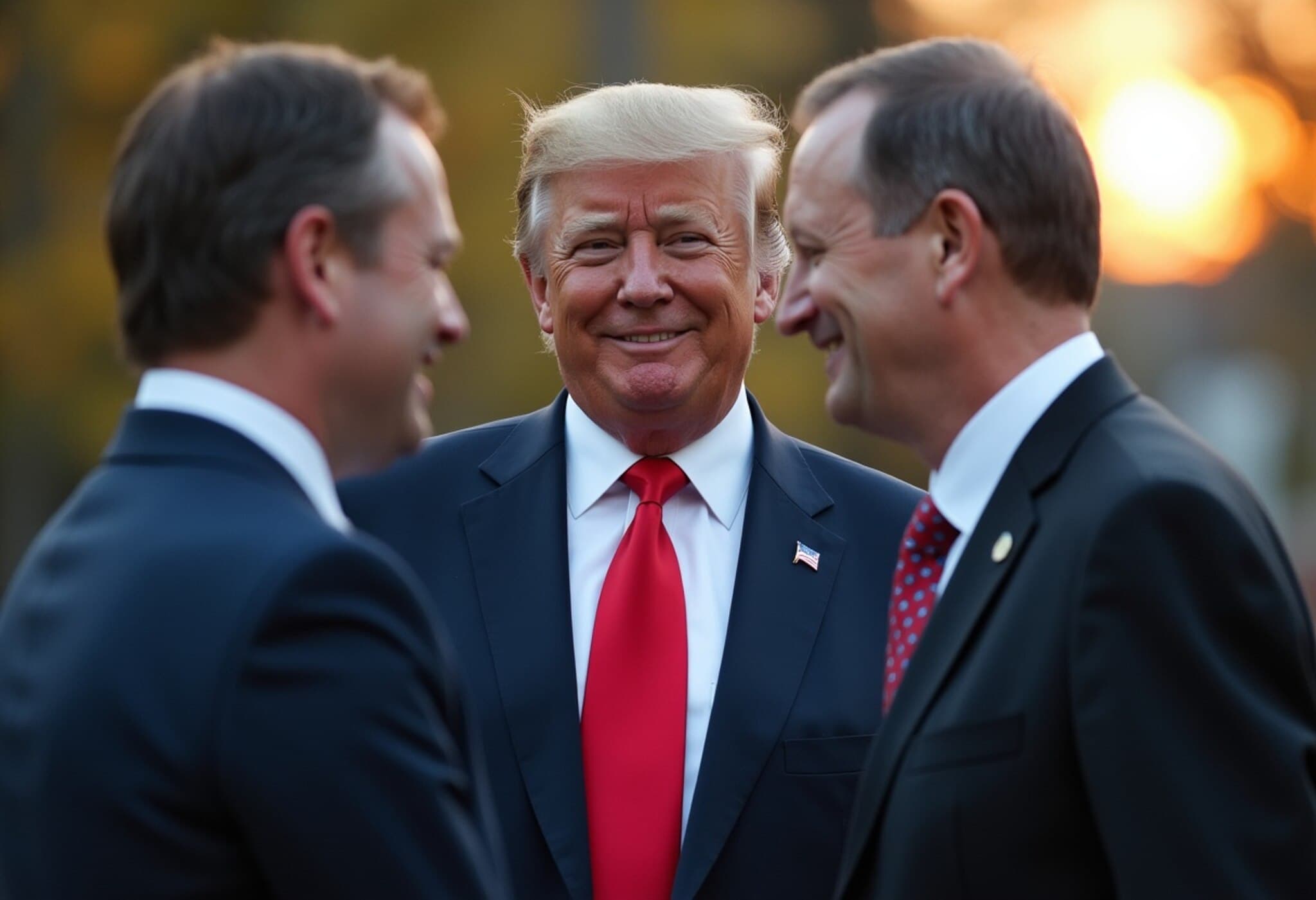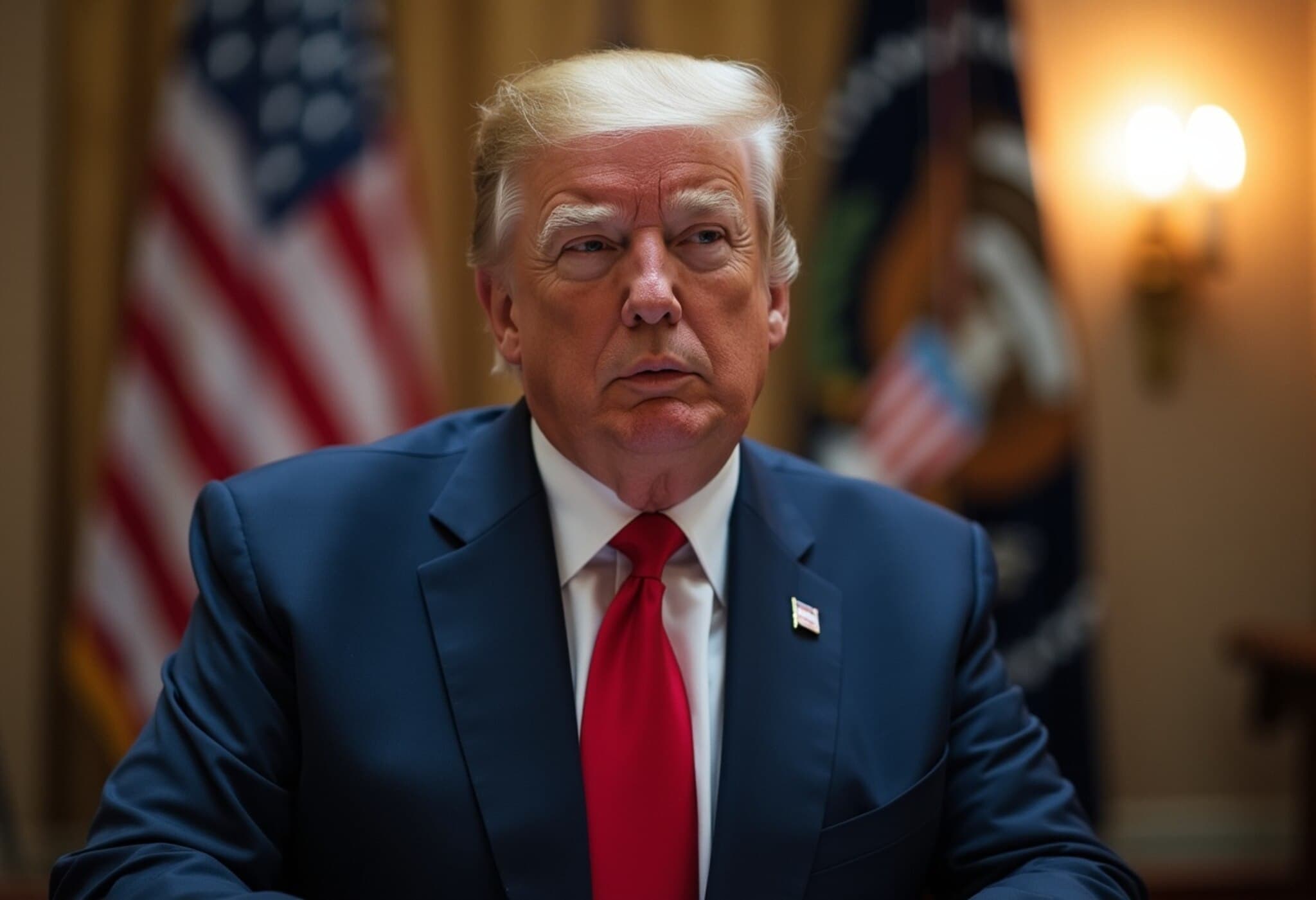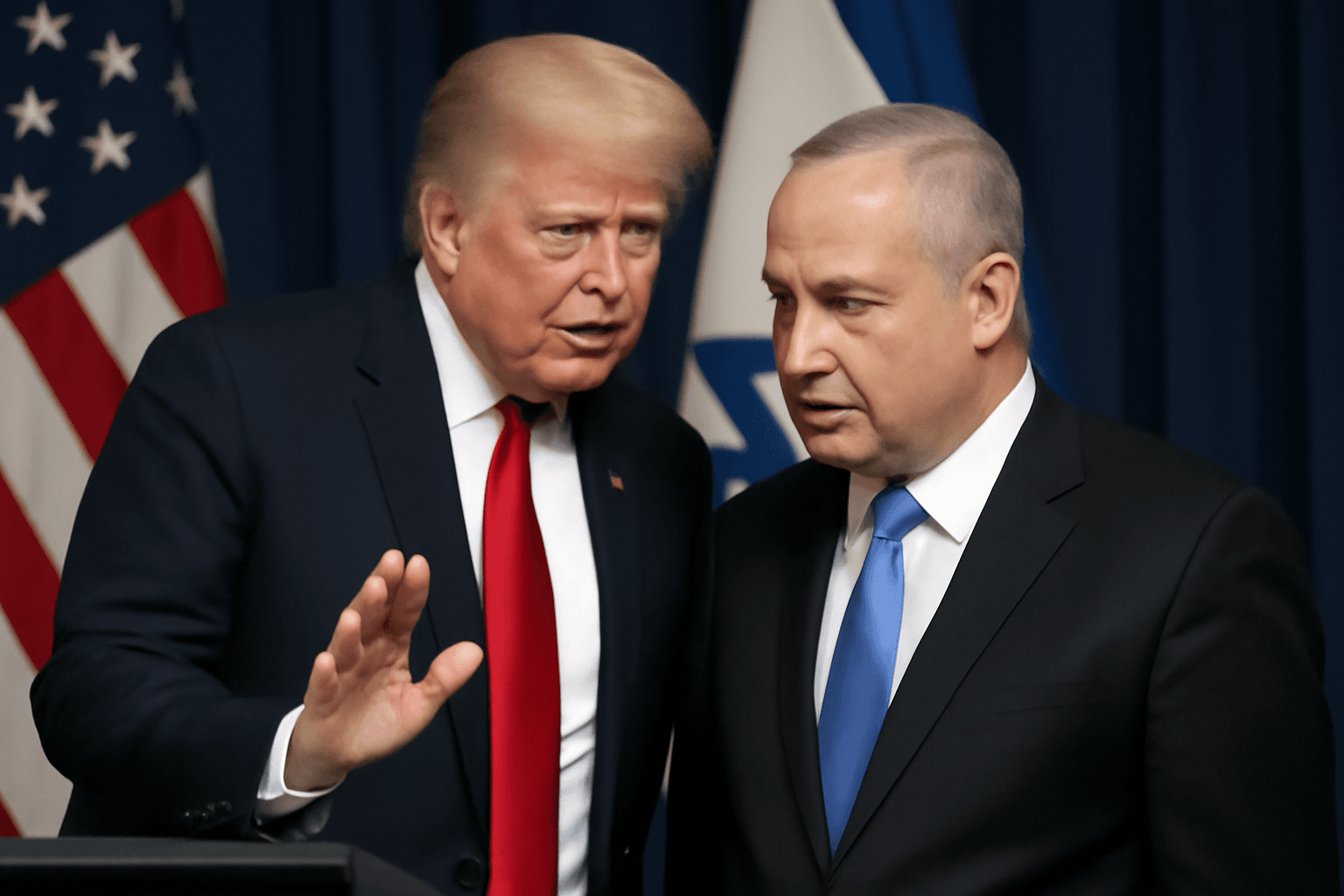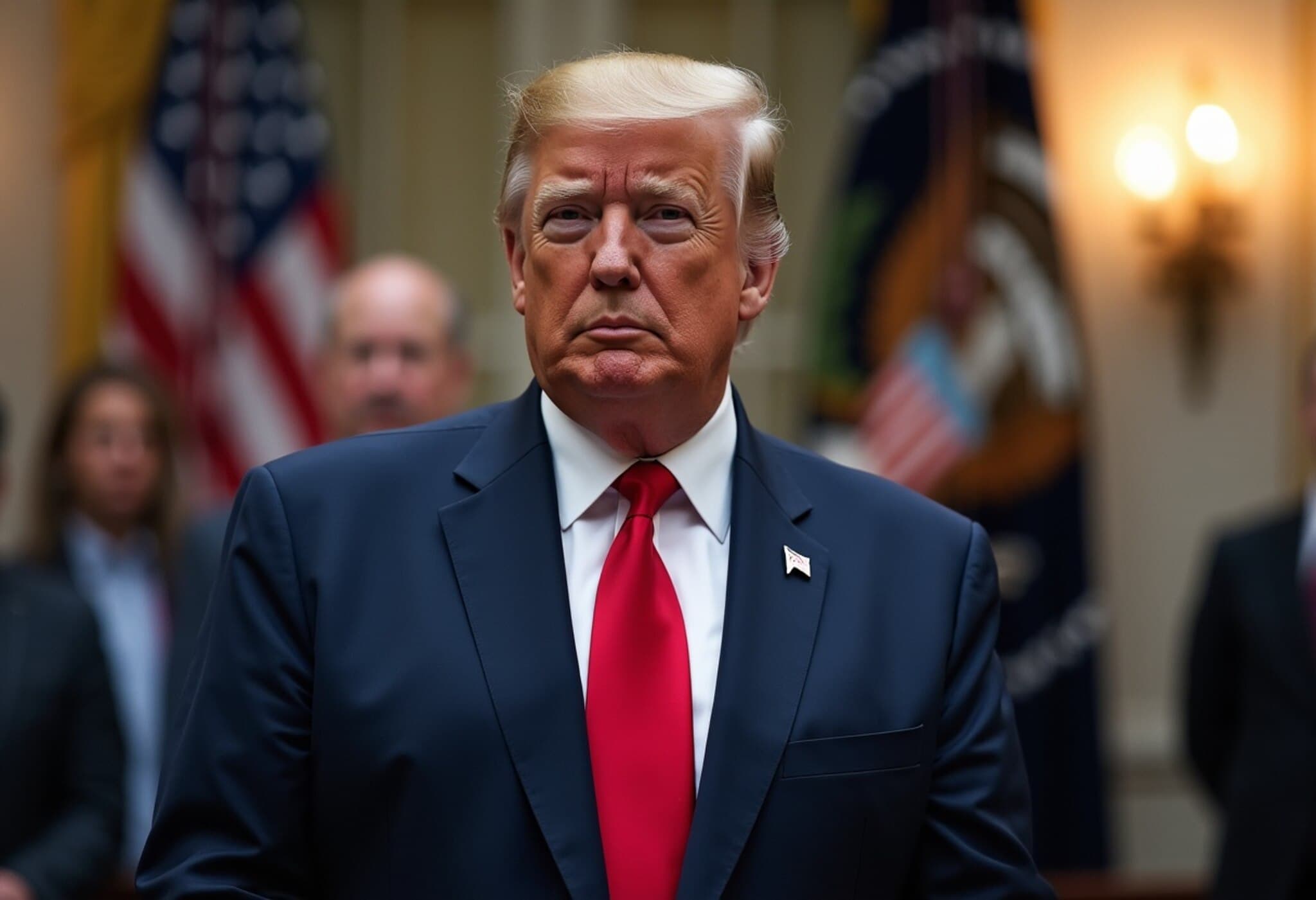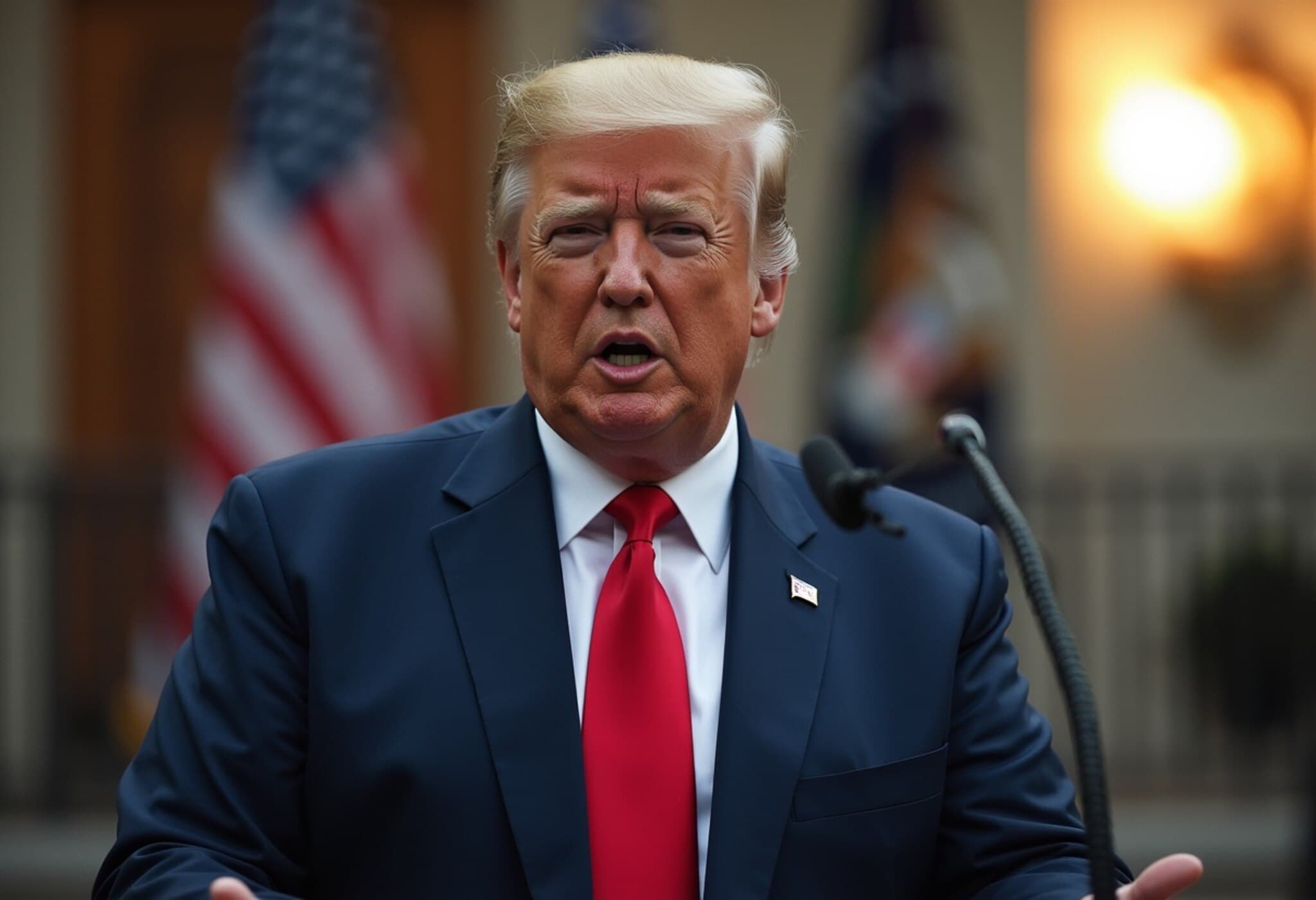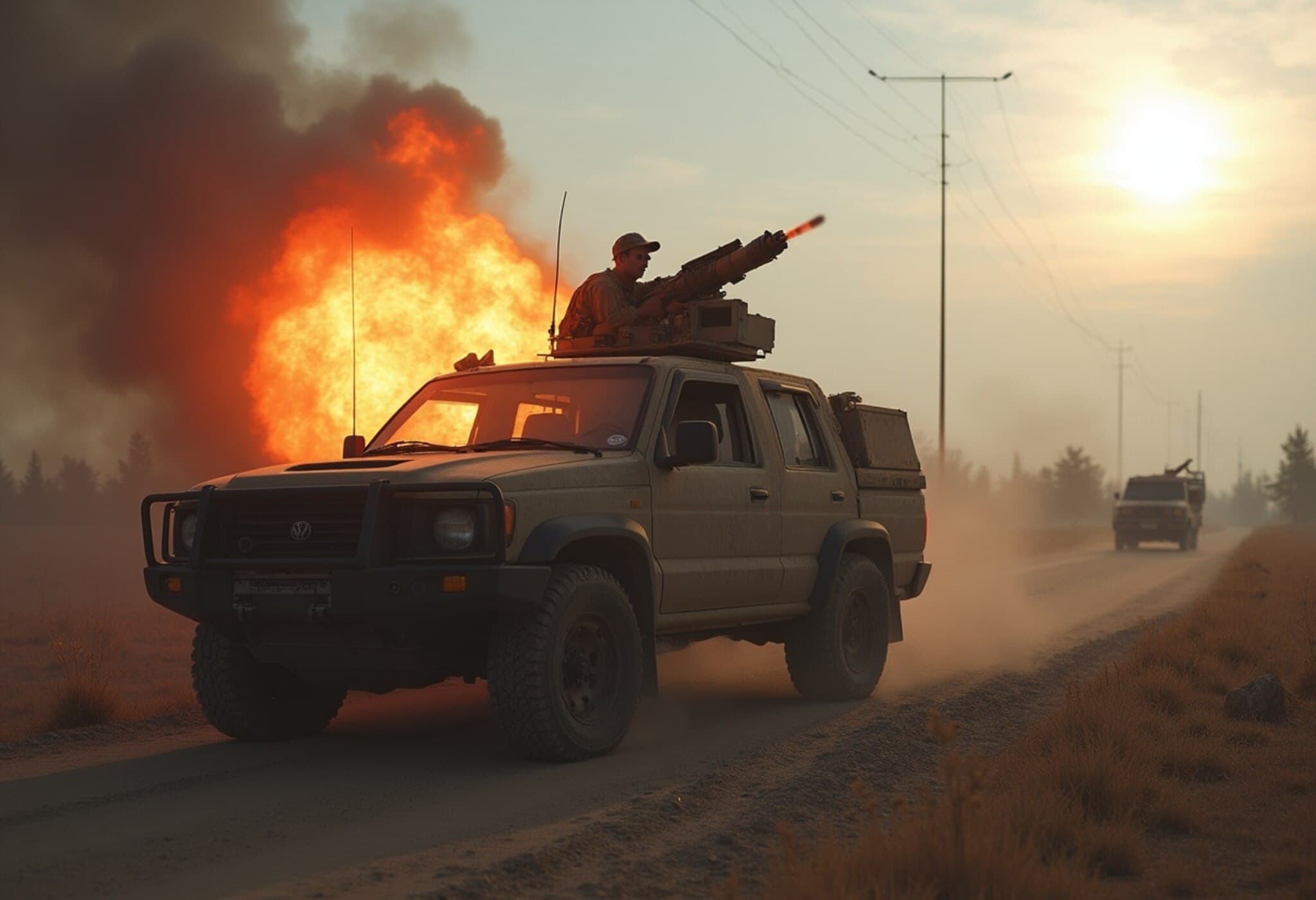A Dramatic Foreign Policy Pivot: Trump’s Evolving Stance on Russia and Ukraine
In a surprising turn of events, former President Donald Trump has signaled a significant shift in his approach toward the Russia-Ukraine conflict, veering away from his once notably conciliatory stance toward Vladimir Putin. This unexpected evolution in U.S. policy posture reflects growing concerns about the toll of the ongoing war and a recalibration of diplomatic and military support for Ukraine.
From Bromance to Breakdown: The Trump-Putin Relationship Unravels
For years, Trump’s relationship with Russian President Vladimir Putin was marked by a remarkable affinity, often described by observers as a "bromance." Yet recent months have revealed cracks in this alliance, with Trump openly criticizing Putin’s military actions and questioning his intentions. Notably, at a recent cabinet meeting, Trump expressed his frustration by stating he was “not happy” with Putin over the devastating conflict that has claimed thousands of lives.
The Pivot: Supporting Ukraine’s Defense with Advanced U.S. Weaponry
On July 14, 2025, Trump announced a groundbreaking policy shift: the United States would supply Ukraine with Patriot air defense systems to bolster its ability to repel Russian attacks. This move signals a clear commitment to Ukraine’s sovereignty, marking a departure from earlier criticism of Ukrainian President Volodymyr Zelenskyy.
- Patriot missile systems: These state-of-the-art defense technologies will enhance Ukraine's air defense capability amid intensified Russian air strikes.
- Tariffs Threat: Trump warned that severe tariffs on Russia would be imposed if a ceasefire is not reached within 50 days, raising economic stakes for Moscow.
A Timeline of Trump’s Public Statements: From Criticism to Conditional Support
Understanding this transformation requires a look at Trump’s recent history on the issue:
- 2024 Presidential Campaign: Trump blamed Zelenskyy for the war’s escalation, promising to end the conflict within 24 hours of his return to the White House.
- February 2025: Trump dismissed Zelenskyy as a “dictator without elections,” echoing Kremlin propaganda, while questioning Ukraine’s role in US-Russian peace talks.
- March–April 2025: Trump began expressing dissatisfaction with Putin’s prolonged aggression, urging an end to attacks on Kyiv and lamenting the loss of lives.
- April 2025: Following a tense meeting with Zelenskyy at the Vatican—the first since their explosive Oval Office confrontation—Trump acknowledged the potential for historic cooperation.
- May 2025: After a communication with Putin, Trump appeared to accept postponement of a ceasefire, but soon condemned renewed Russian offensives, calling Putin “absolutely crazy.”
- June–July 2025: Trump met Zelenskyy at a NATO summit and asserted Ukraine’s right to defend itself, culminating in the announcement to send Patriot missiles.
Contextual Analysis: What Does Trump’s Shift Mean for U.S. Foreign Policy?
This reversal raises poignant questions about the durability of U.S. commitments and the underlying strategic calculations. Observers note several factors likely influencing Trump’s move:
- Domestic Political Pressure: As the 2024 presidential campaign unfolds, Trump faces intense scrutiny over foreign policy credentials.
- Global Reputation: Continued aggression by Russia has alienated many, and backing Ukraine signals a realignment with traditional U.S. support for democracy and sovereignty.
- Economic Leverage: Threatening tariffs introduces economic pressure as a tool to incentivize peace negotiations.
Experts in international security highlight that delivering Patriot systems represents a substantial escalation in military aid. While potentially altering the tactical landscape, it also risks drawing the U.S. deeper into the conflict dynamically entwined with NATO’s future role.
Underreported Perspectives: The Human Cost and Diplomatic Complexities
While political theater often dominates headlines, the persistent suffering of civilians in Ukraine remains an urgent humanitarian crisis. Trump's acknowledgment of “too many people dying” resonates beyond rhetoric, underscoring the war's global human toll.
Simultaneously, diplomatic pathways remain fraught. Trump’s criticism of Putin’s “nice talk” masking violent actions highlights inherent challenges in negotiating an end to hostilities when trust deficits run deep. The interplay between military aid and diplomatic sanctions may ultimately shape the trajectory of peace—or protracted conflict.
Editor’s Note
Donald Trump’s evolving stance on the Russia-Ukraine war encapsulates the complex dynamics of modern geopolitics, where former alliances can shift rapidly in response to unfolding realities. This policy U-turn—from skepticism of Ukraine to actively arming it—poses critical questions about the influence of domestic politics on foreign policy, the limits of diplomatic engagement with autocrats, and the United States’ role on the world stage. As the conflict persists, observers will be watching closely to see if this new approach paves the way for peace or further escalation.
Stay informed as this developing story continues to unfold across global and domestic fronts.

